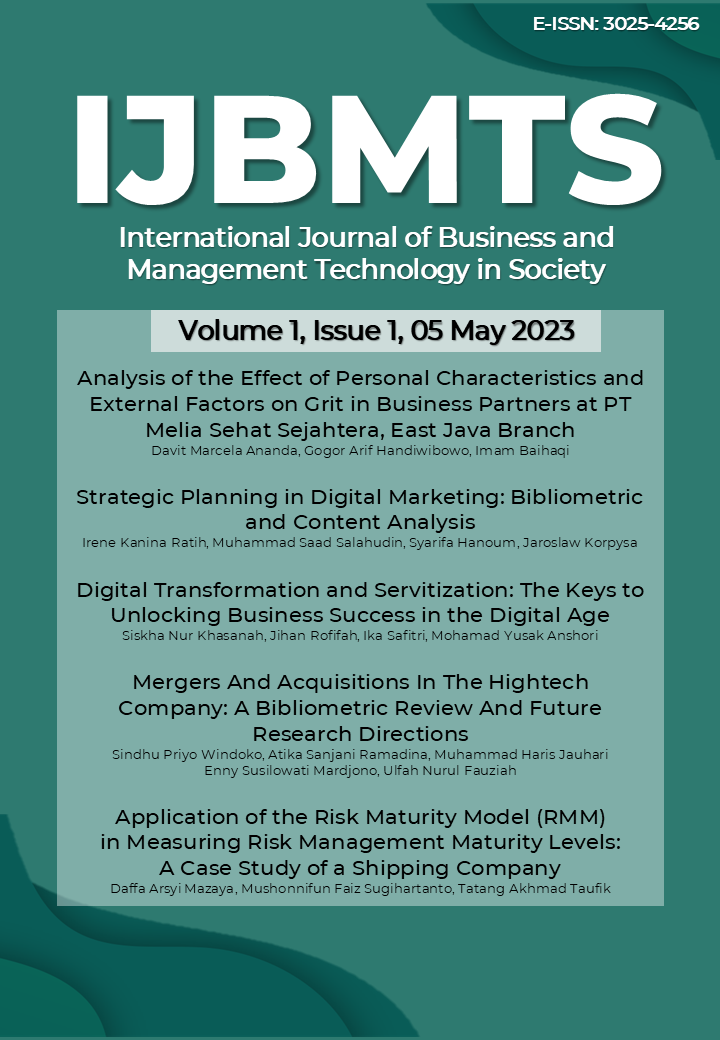Application of the Risk Maturity Model (RMM) in Measuring Risk Management Maturity Levels: A Case Study of a Shipping Company
DOI:
https://doi.org/10.12962/j30254256.v1i1.801Kata Kunci:
Risk Management, Risk Maturity Model (RMM)Abstrak
Purpose – This study aims to assess the current state of the risk management system in a shipping company, determine its maturity level, and provide strategic recommendations for its improvement.
Methodology – The assessment employs the Risk Maturity Model (RMM), which evaluates risk management across seven key attributes. These attributes are further broken down into 25 components and 71 competency drivers to provide a comprehensive measurement of maturity.
Findings – The analysis reveals that the company’s risk management maturity score is 3.179, corresponding to the “Repeatable” level. This indicates that while some risk management practices are established and documented, they are not yet standardized or optimized across the organization. Notably, the maturity level falls short of the minimum threshold required by the Indonesian Ministry of State-Owned Enterprises (BUMN).
Originality – This study offers a focused evaluation of risk management maturity in the shipping sector using a structured model. The findings contribute practical insights and targeted recommendations to support the advancement of risk management practices within the industry.
Unduhan
##submission.downloads##
Diterbitkan
Terbitan
Bagian
Lisensi
Hak Cipta (c) 2023 International Journal of Business and Management Technology in Society

Artikel ini berlisensi Creative Commons Attribution 4.0 International License.






